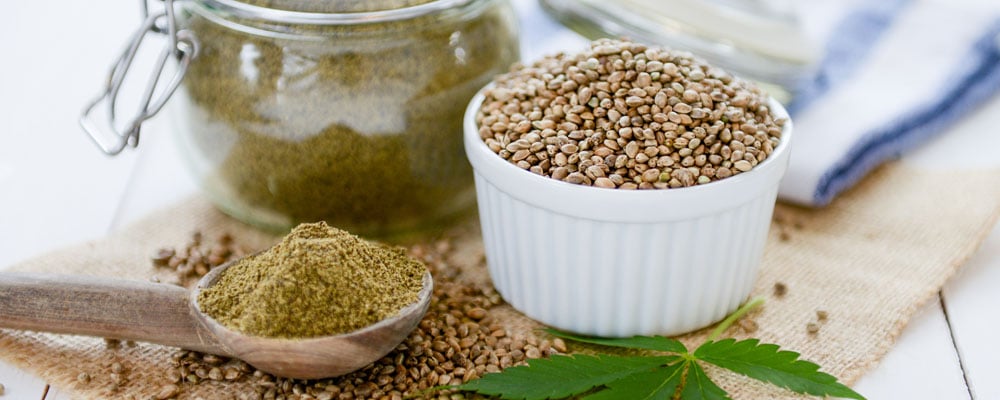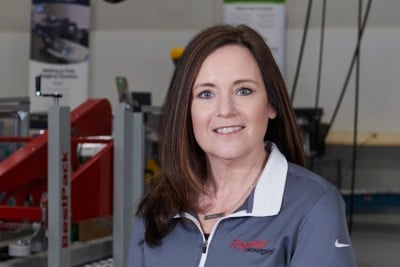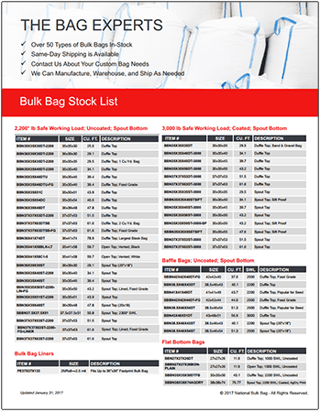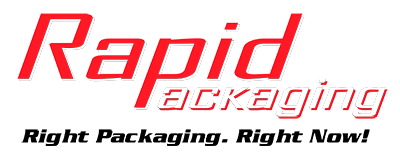If you’ve been following the National Bulk Bag blog, then you’ll know we’ve been covering the industrial hemp industry a lot recently. We’ve covered why flexible intermediate bulk containers are a great fit for the industry and which specific bags are a good fit for use. However, we haven’t talked much about the specific features that make certain FIBCs a better fit and why. If you’re in these industries, this post is for you. It is our hope that we can help guide you in your purchasing decision and aid you in your quest to find the right bag for your product and application.
Check out our other posts on this topic:
- Why Use FIBCs/Bulk Bags in the Industrial Hemp Industry?
- What Bulk Bags are Best for Use in the Industrial Hemp Industry?
Features to Look For: Large Capacity, Duffle Top, Spout Bottom
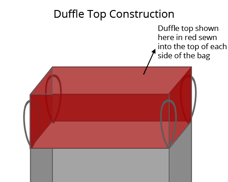
The first bag feature you’ll want to consider when using FIBCs for industrial hemp is capacity. Most hemp products aren’t very dense – so you’ll want a large capacity bag that can hold a large volume, even if that doesn’t equate to a lot of weight. This will save you money by reducing the total number of bags required to get the job done.
The second feature to consider is bag height. In our conversations with hemp growers, we often hear that the ability to fill a bag by hand is a high priority. Having a shorter bag will help a ton in this regard. We recommend bags that are no taller than 63 inches (or 5 ¼ feet). Because of this height restriction, pay close attention to your length and width measurements to ensure your capacity is adequate (we recommend over 35 inches for height and width).
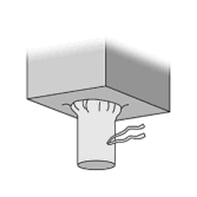
Last but not least, you’ll want to consider what top and bottom constructions are best for your product and application (for more information on bag construction, click here).
For the industrial hemp industry, we recommend a duffle top with a spout bottom. The duffle top part of the bag adds a 32 inch tall closable flap that has the same length and width measurements as the rest of the bag. This makes loading your product by hand a lot easier. On top of that, it can be closed completely allowing the bag to be used for transportation as well as loading and storage.
Uncoated
(For more information on coated and uncoated FIBCs, click here)
FIBC coating is one of the features we get the most questions about at NBB. For brevity, we’re not going to discuss the details of coating in this post. However, I’ve included a link above this paragraph to help you learn more about it if you’re curious.
Mold is a constant danger in the industrial hemp industry and because of this, we recommend using an uncoated bag. Uncoated bags will allow your product to breath, preventing it from retaining too much moisture and molding. You’ll also save a few dollars because uncoated bags are generally cheaper than their coated counterparts.
Our Recommendation is a 37 x 37 x 63 duffle top spout bottom bag. We carry this bag in-stock at NBB. Click here to see the product and download the spec sheet.
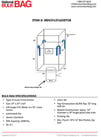
Our most popular bag for the industrial hemp and/or cannabis industries is our 37x37x63 duffle top, spout bottom flexible intermediate bulk container.
Our full product description and spec sheets for this bag can be found by clicking here.
Everything You Need to Know about Using FIBCs with Hemp.
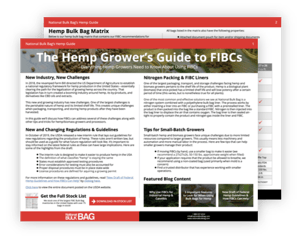 The booming hemp industry is creating unique challenges for growers and processors alike. With the lack of reliable education on the internet, the hemp industry is commonly asking questions like how do I properly store my hemp and biomass? How can I extend my product’s shelf-life? How can I reduce the risk of mold and contamination? Is there an easier way to empty my bulk bags?
The booming hemp industry is creating unique challenges for growers and processors alike. With the lack of reliable education on the internet, the hemp industry is commonly asking questions like how do I properly store my hemp and biomass? How can I extend my product’s shelf-life? How can I reduce the risk of mold and contamination? Is there an easier way to empty my bulk bags?
In our new Hemp Grower's Guide to FIBCS, we discuss how FIBCs can help address the various challenges hemp growers face.

